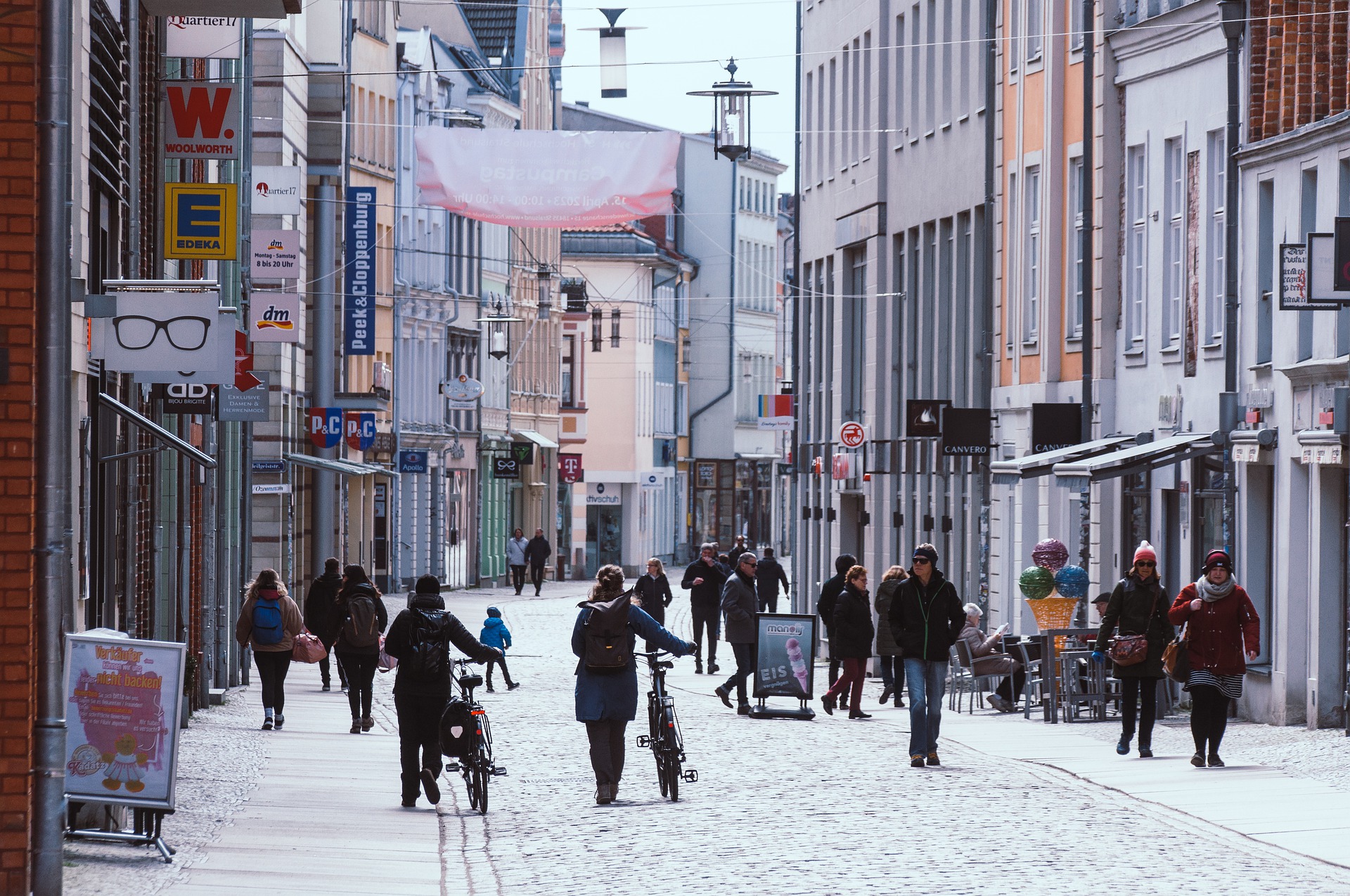The Unseen Power of Silent Communication in Today's Society
Silent communication is a powerful and often overlooked aspect of human interaction. In the backdrop of our everyday conversations and interactions lies a world of unspoken messages transmitted through gestures, facial expressions, and body language. Despite being largely non-verbal, these silent cues often convey more than words ever could. This article delves deep into the realm of silent communication, tracing its historical roots, analyzing its sociological implications, and exploring its relevance in our contemporary society.

The Truth Behind Silent Communication
The art of silent communication, or non-verbal communication, can be traced back to the earliest civilizations. Long before language was formally developed, our ancestors relied on gestures, postures, facial expressions, and eye contact to communicate. Over the years, these non-verbal cues have evolved and integrated into our daily lives, often operating at a subconscious level.
Non-Verbal Cues in Contemporary Society
In contemporary society, silent communication plays a crucial role. From our personal relationships to our professional interactions, non-verbal cues often dictate the course of our communications. In fact, according to research, up to 93% of all communication is non-verbal. This includes body language, facial expressions, eye contact, and even the tone and pitch of our voice.
Silent Communication and Social Dynamics
The role of silent communication in shaping social dynamics cannot be overstated. It influences our perceptions of others, guides our interactions, and even shapes societal norms and expectations. For instance, individuals who exhibit confident body language are often perceived as more capable and reliable. On the other hand, those who avoid eye contact or have a closed posture are often viewed as less trustworthy or approachable.
The Impact of Technology on Silent Communication
Technology, particularly the rise of digital communication, has significantly impacted the way we use and interpret non-verbal cues. Emojis, GIFs, and other digital expressions have emerged as new forms of silent communication, conveying emotions and sentiments in the absence of facial expressions and body language. However, the shift to digital communication has also raised concerns about the potential loss of nuanced non-verbal cues that are integral to face-to-face communication.
The Future of Silent Communication
As we navigate the complexities of the digital age, understanding and effectively using silent communication has become more essential than ever. It is a tool that, when used skillfully, can help us forge stronger relationships, navigate social situations more effectively, and even succeed in our professional lives.
In conclusion, silent communication is a powerful tool that permeates every aspect of our lives. As we continue to navigate the changing landscape of human interaction, understanding this unseen form of communication will become increasingly important. Whether it is decoding the subtleties of body language or embracing the new digital forms of non-verbal communication, mastering the art of silent communication is a skill that will serve us well in the modern world.






